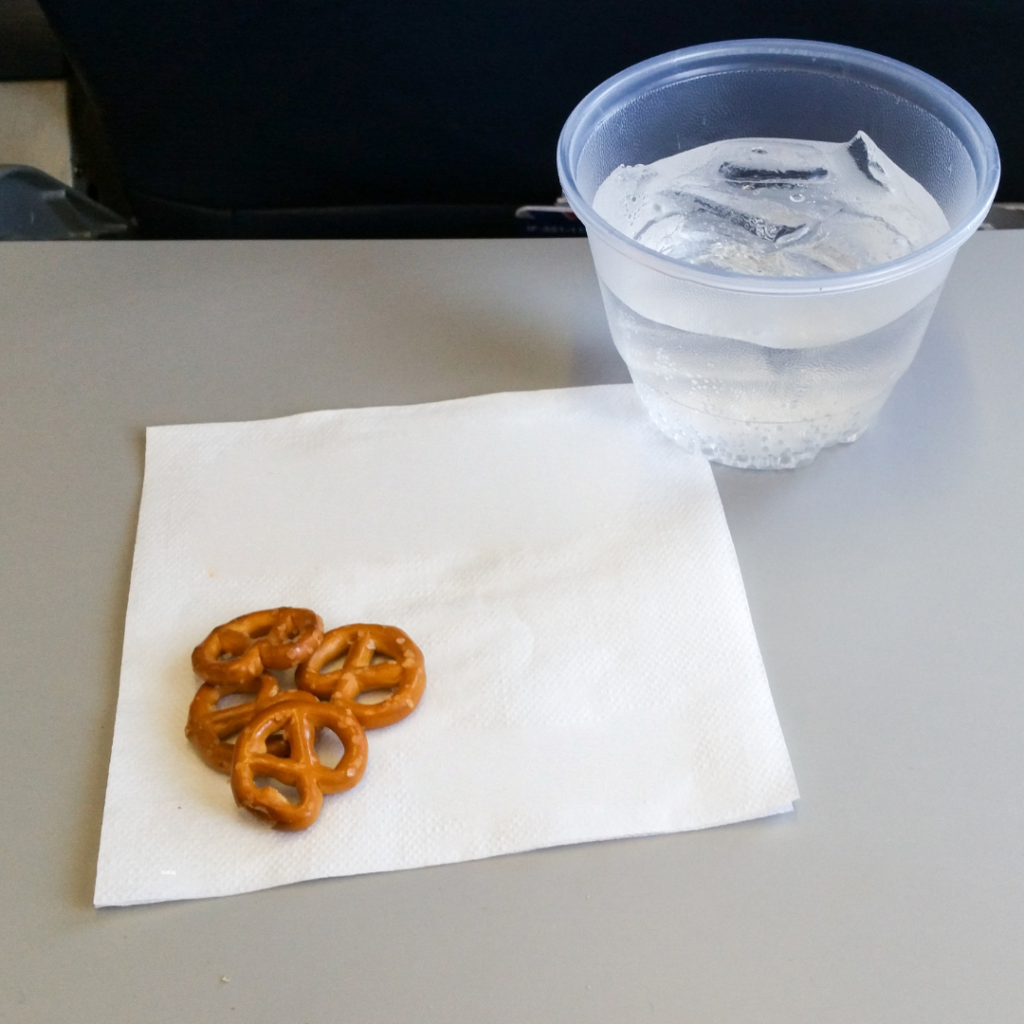Airline Packaging
Traditionally, inflight meals are served on trays. However, innovative solutions are changing the packaging and presentation of airplane meals and snacks. The airline food packaging industry is moving toward more sustainable and flexible options, allowing for use in varying flights from short to long-haul trips.

Airplane Food Packaging Market
The airline food packaging market is a specialized industry because of the unique requirements for airline food containers and packaging. The packaging size and weight will vary from brands’ traditional food and beverage products. There are several design considerations for manufacturers serving the airplane food packaging market.
With plastic being the most common material used in airplane food packaging, many airlines are finding eco-friendly solutions. With environmental concerns in mind, airline food packaging can be produced from various recycled plastics or incorporate non-plastic alternatives.
Branding is key to building a highly recognizable product. Therefore, designing airline food packaging and containers with logos and varying colors helps achieve branding goals. Using branded packaging allows airlines to match inflight catering products to their branding.
When it comes to airplane food packaging, crew members and passengers crave convenience. This demand created the shift to modular food packaging options. Rather than using the same meal serving trays flight after flight, modular airplane food packaging allows ultimate flexibility while meeting customers’ needs.
As innovative airplane food packaging comes to market, strict guidelines and regulations of the industry must be considered. Safety is always a top priority for inflight meals, so food packaging should be user-friendly to reduce the risk of personal injuries. For airplanes, weight is a major consideration to ensure excess fuel is not wasted. Therefore, food packaging must utilize smart designs to minimize any unnecessary weight while keeping the product fresh.
Types of Airplane Food Packaging
The following packaging methods are commonly used in the airplane food market to save space and provide convenience for passengers.
- Modular packaging. Modular food packaging options help provide a more consistent meal presentation upon serving with packaging designs that can be transferred from freezer to oven without additional prep. Inflight catering serves thousands of dishes each day, so airplane food packaging that can be heated without unwrapping speeds up serving time and reduces passengers’ food sanitation concerns.
- Mini formats. The convenient mini-sized products are for practicality and consumer-friendliness. The specialized small cans for drinks do not take up much space on the cabin trolley and are quick to drink, reducing the number of spills and allowing the airline to sell more beverages. Small stick-style packs are often used for coffee granules to simplify preparing a cup of coffee. Some well-known brands utilize the small-size airline food packaging for testing new products before adjusting to mass production.
With Econo-Pak, not even the sky is the limit.
Airline food packaging requires customization to fit the size and safety requirements of the market.
With over four decades of contract food packaging experience, Econo-Pak provides innovative solutions for airline snacking. Econo-Pak is committed to some of the highest quality standards to exceed our clients’ expectations.
Our team works with you to meet unique packaging requirements and specifications to ensure your airline food containers are manufactured quickly and efficiently. Request a fixed-price quote today to start scaling into the airline industry.








